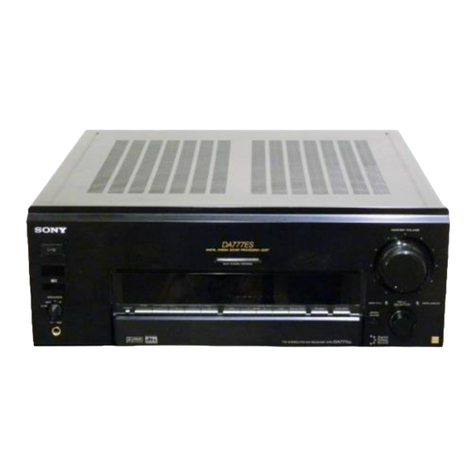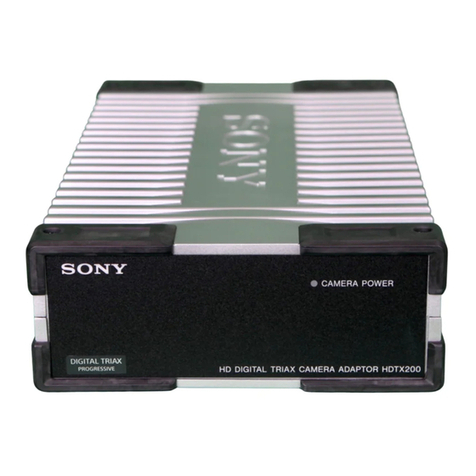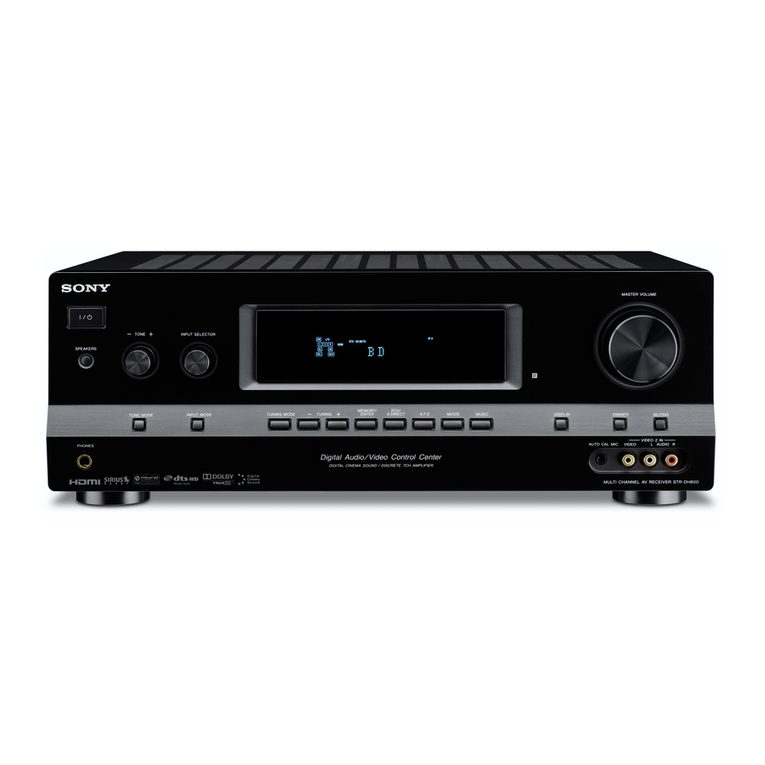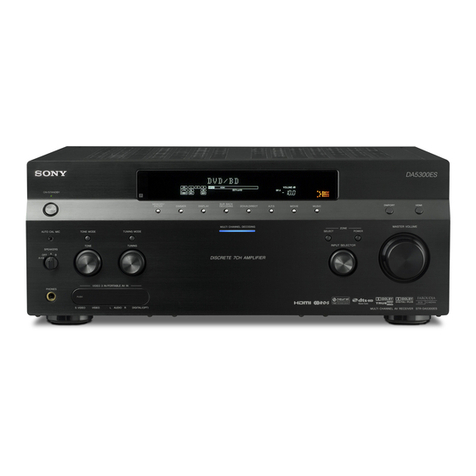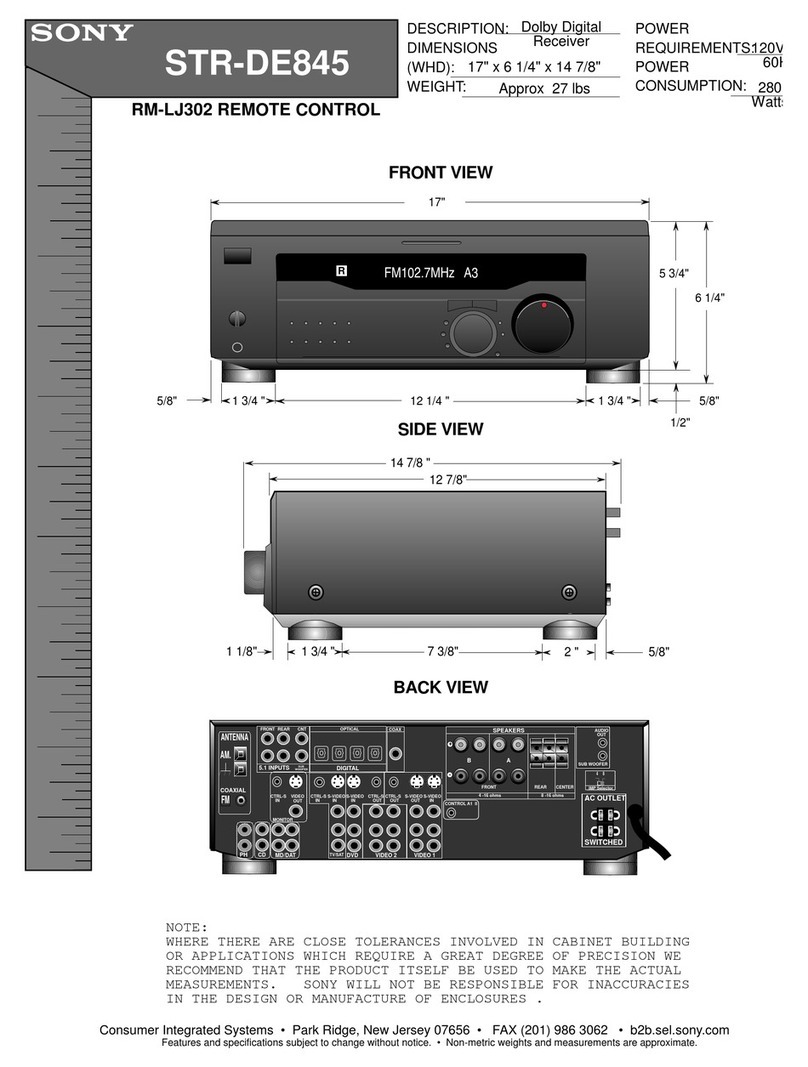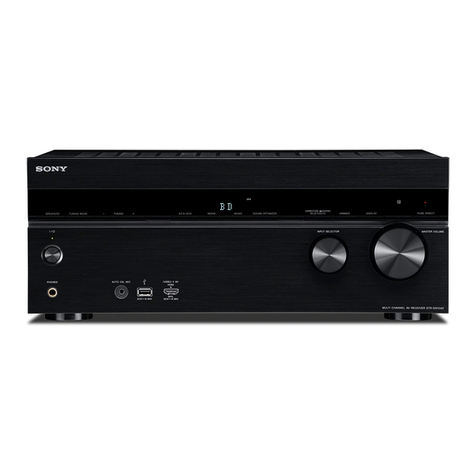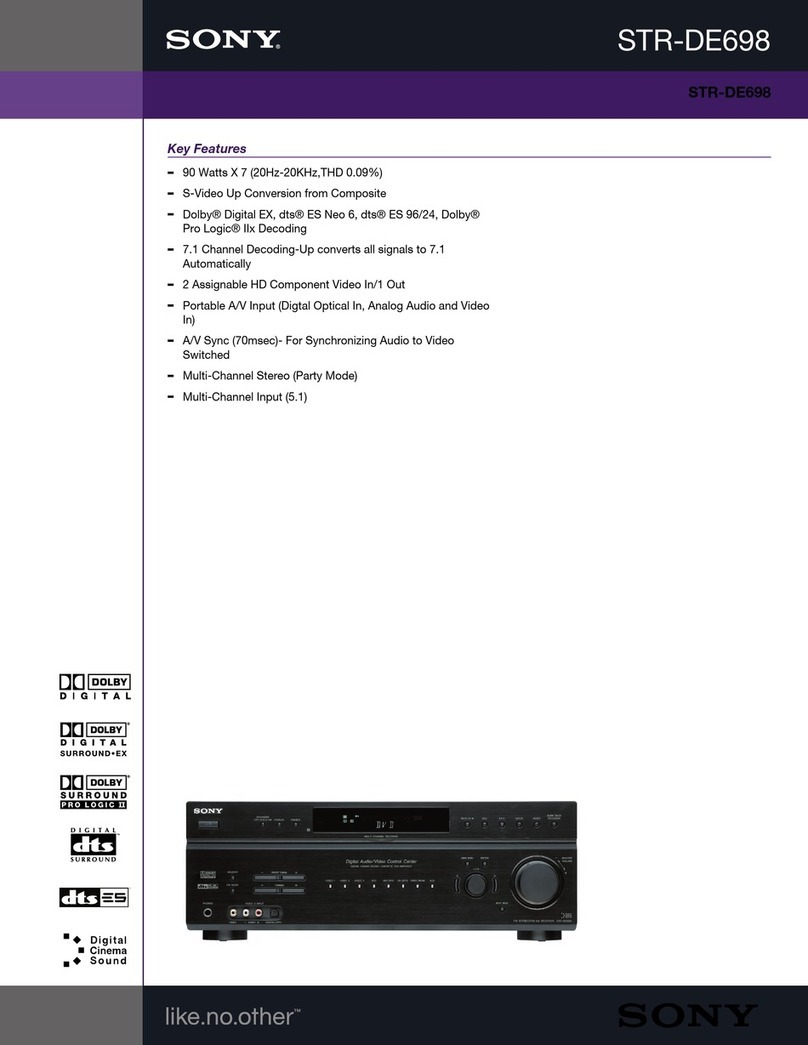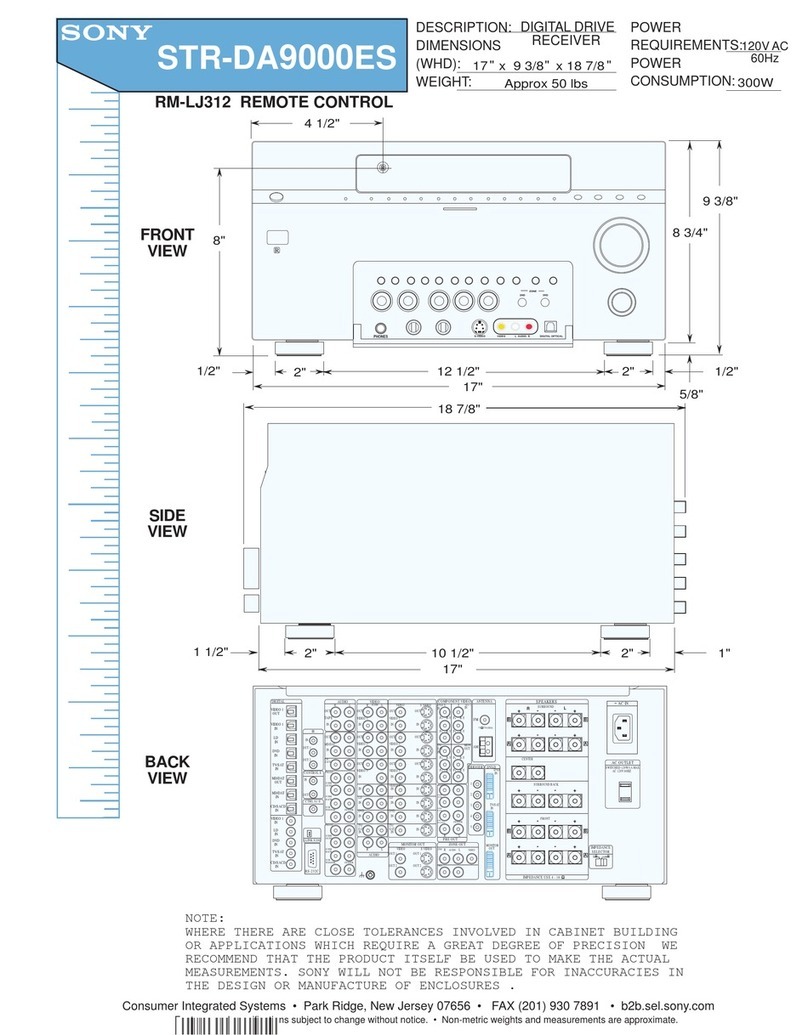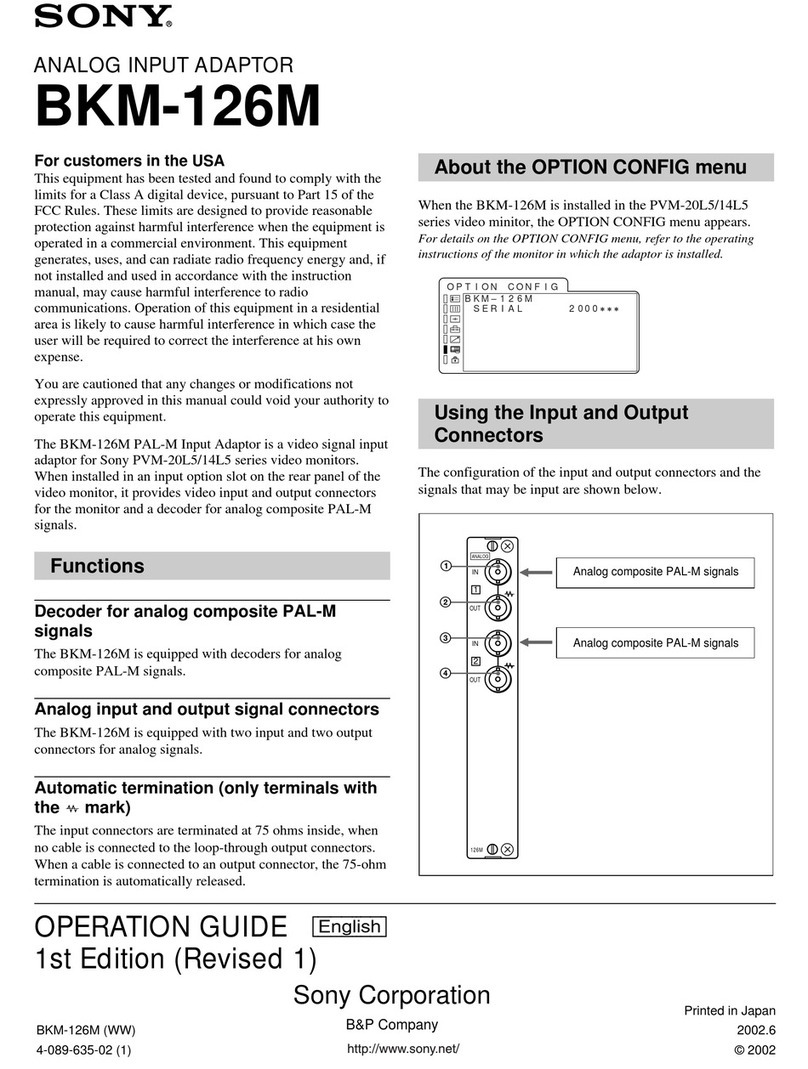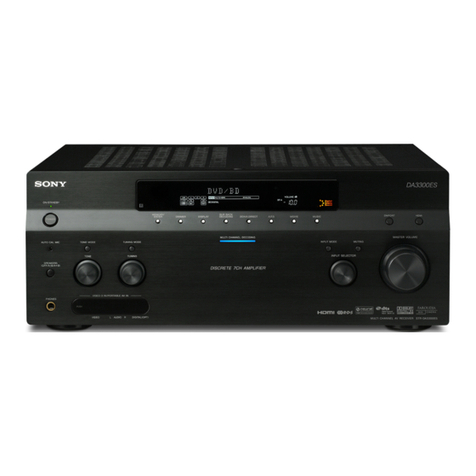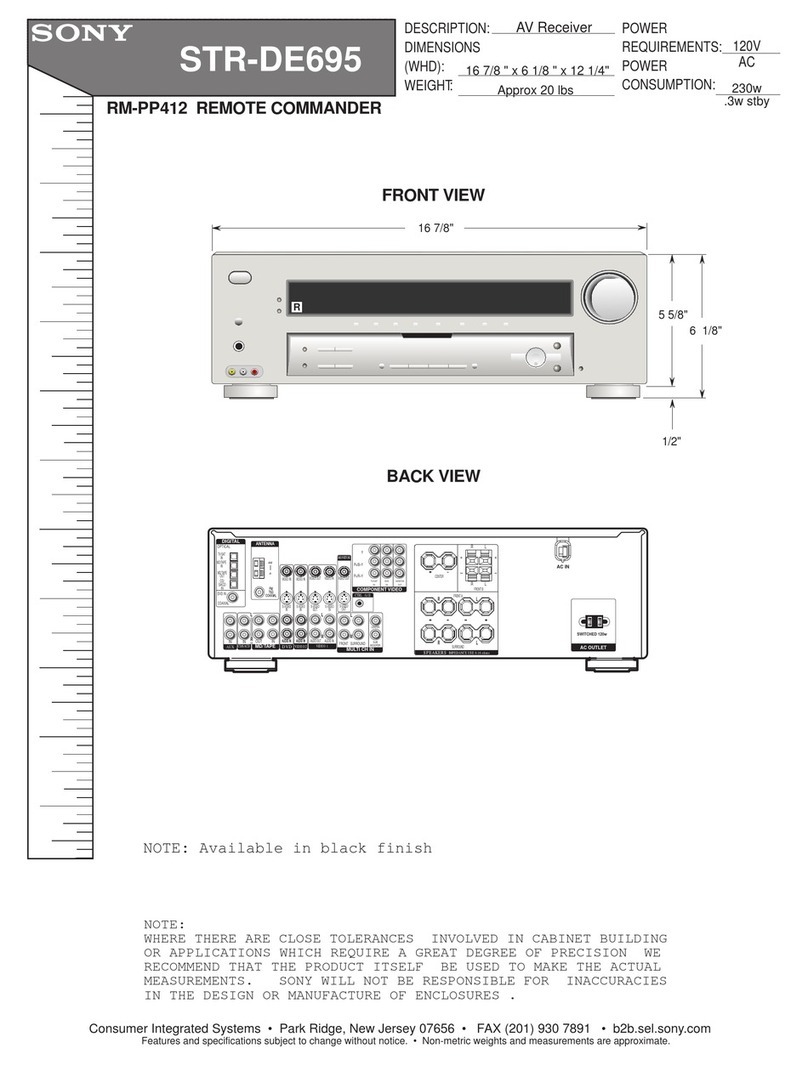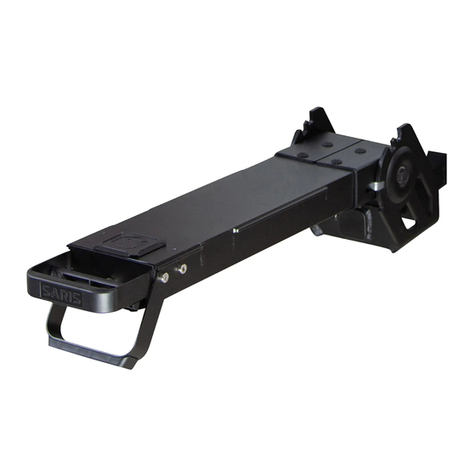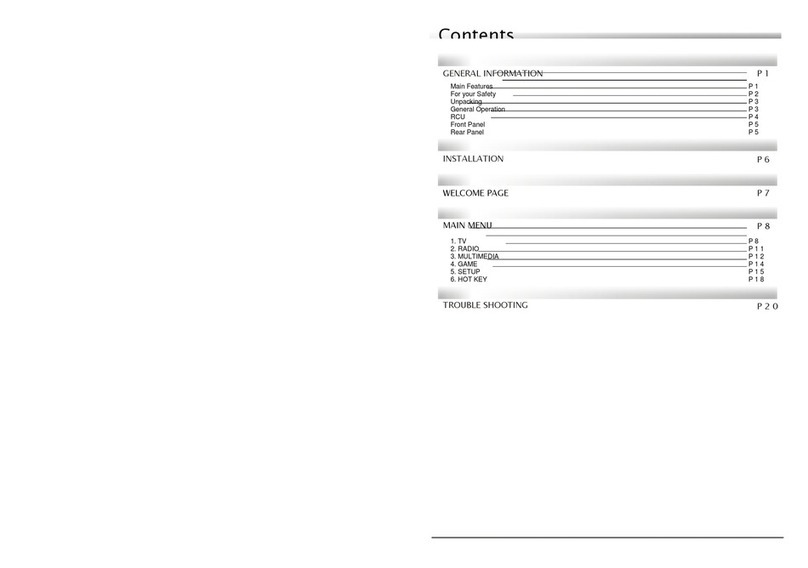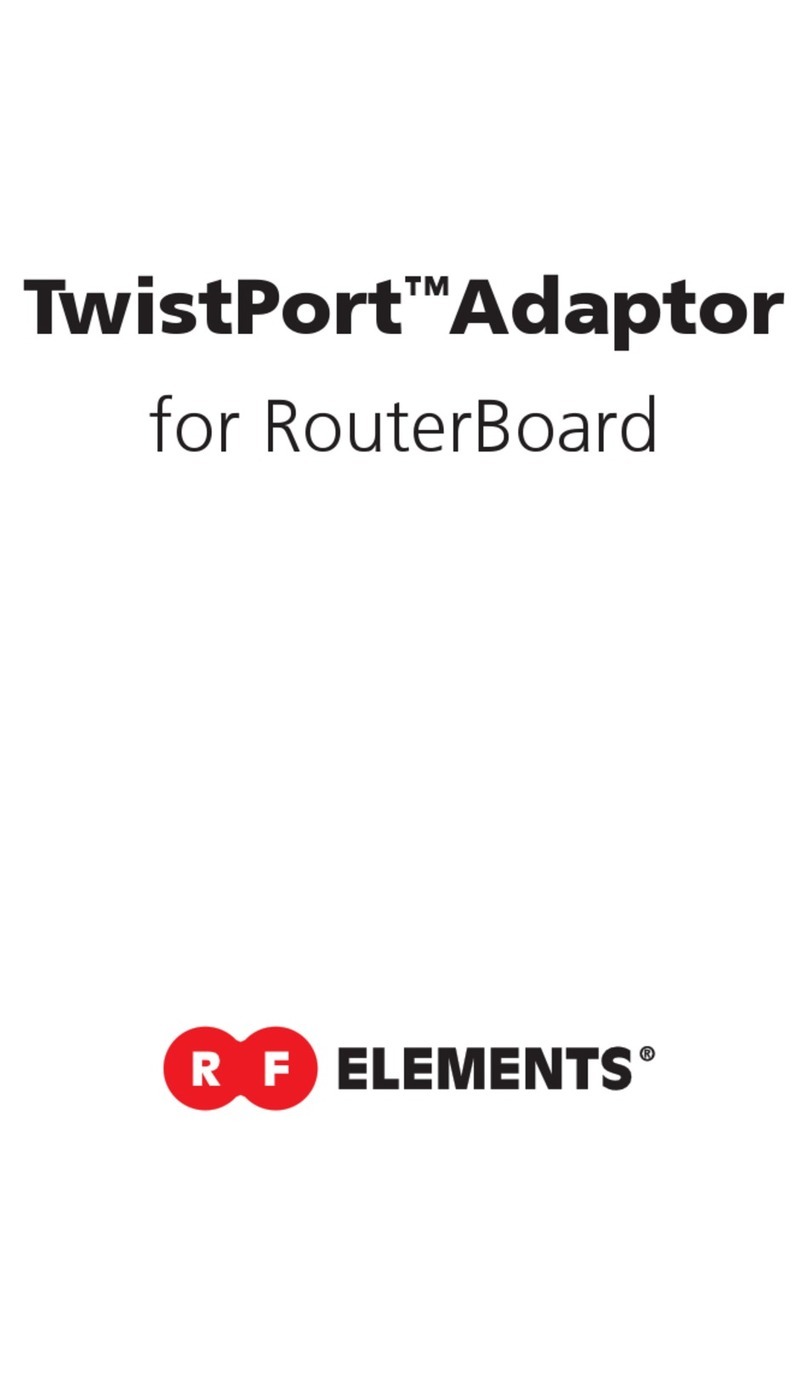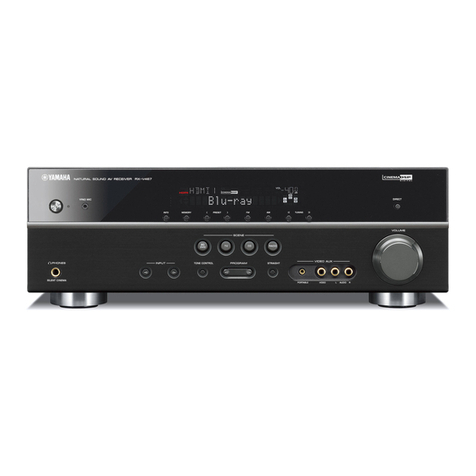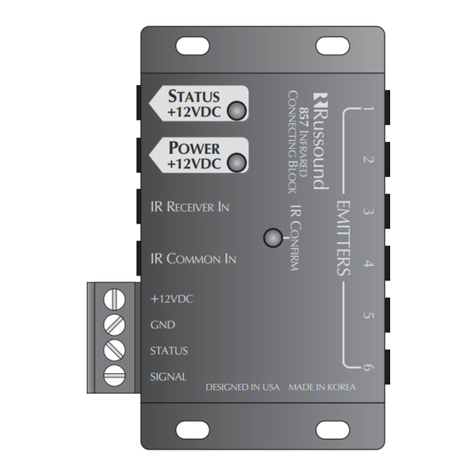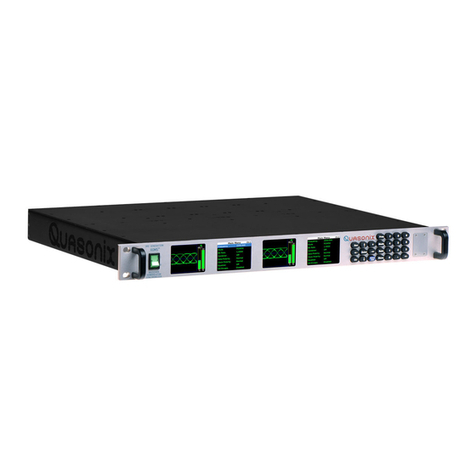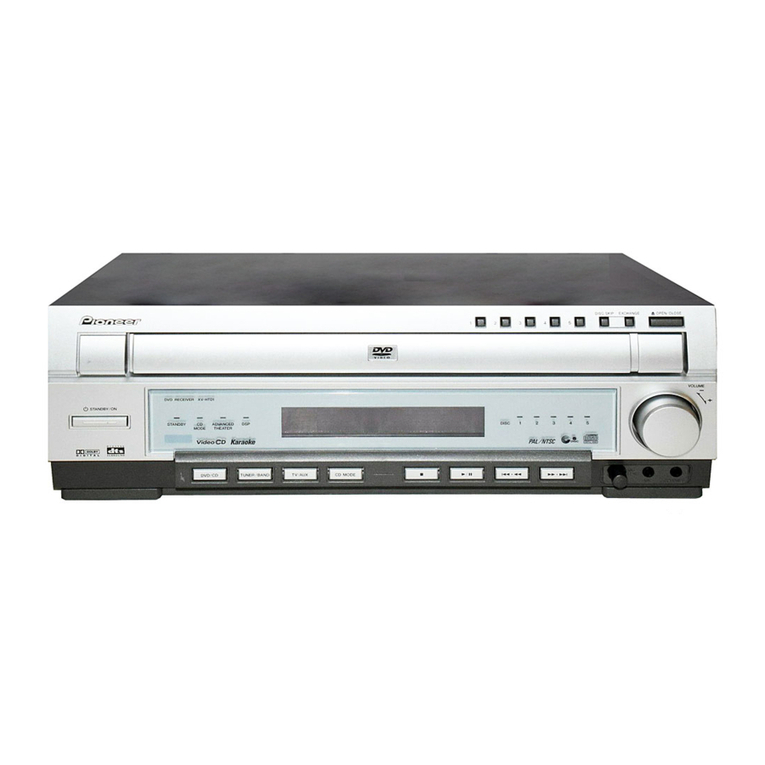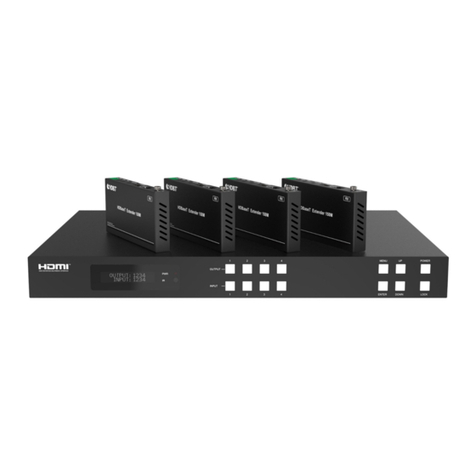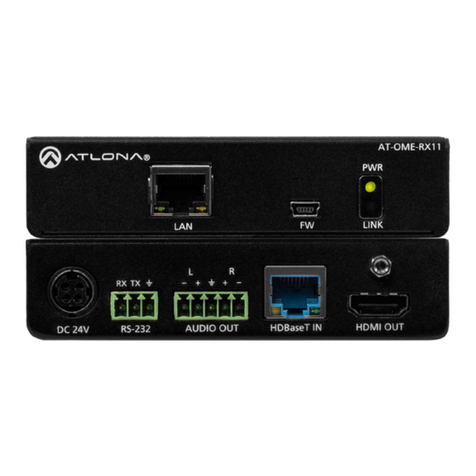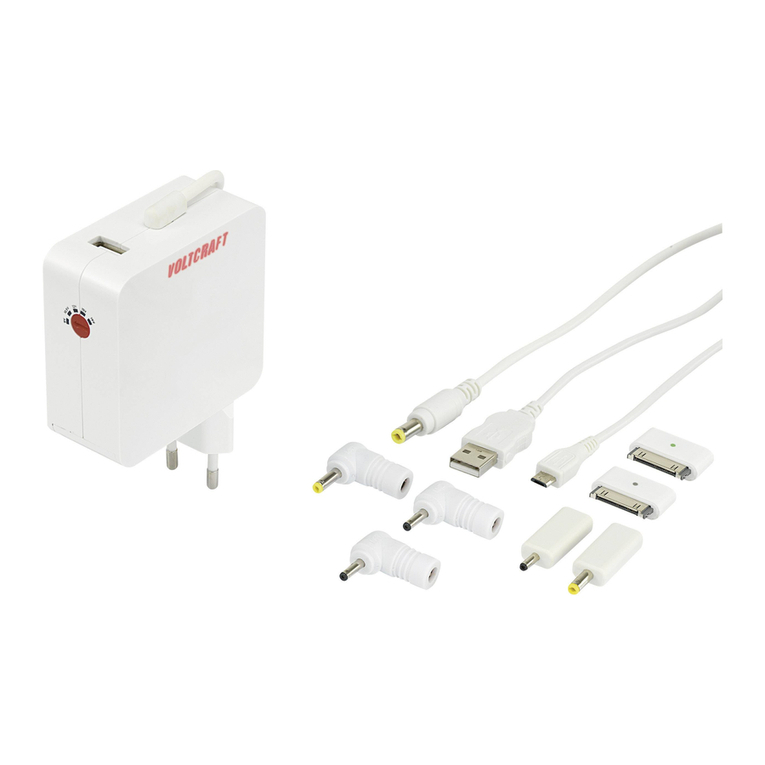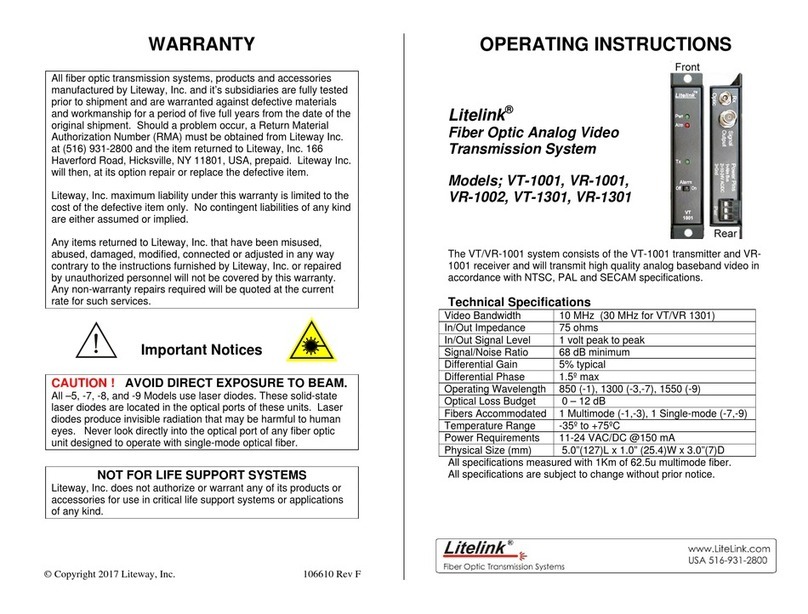
SERVICE MANUAL
Sony Corporation
Audio & Video Business Group
Published by Sony EMCS (Malaysia) PG Tec
STR-DN1010
SPECIFICATIONS
MULTI CHANNEL AV RECEIVER
9-890-548-01
2010D80-1
© 2010.04
US Model
Canadian Model
AEP Model
UK Model
Australian Model
Ver. 1.0 2010.04
This receiver incorporates Dolby* Digital and Pro Logic
Surround and the DTS** Digital Surround System.
* Manufactured under license from Dolby Laboratories.
Dolby, Pro Logic, and the double-D symbol are trade-
marks of Dolby Laboratories.
** Manufactured under license under U.S. Patent #’s:
5,451,942; 5,956,674; 5,974,380; 5,978,762; 6,226,616;
6,487,535; 7,212,872; 7,333,929; 7,392,195; 7,272,567
& other U.S. and worldwide patents issued & pending.
DTS is a registered trademark and the DTS logos, Sym-
bol, DTS-HD and DTS-HD Master Audio are trade-
marks of DTS, Inc. © 1996-2008 DTS, Inc. All Rights
Reserved.
This receiver incorporates High-Definition Multimedia
Interface (HDMITM) technology. HDMI, the HDMI Logo,
and High-Definition Multimedia Interface are trademarks
or registered trademarks of HDMI Licensing LLC in the
United States and other countries.
SIRIUS, XM and all related marks and logos are trade-
marks of Sirius XM Radio Inc. and its subsidiaries. All
rights reserved. Service not available in Alaska and Hawaii.
The font type (Shin Go R) installed in this receiver is pro-
vided by MORISAWA & COMPANY LTD. These names
are the trademarks of MORISAWA & COMPANY LTD.,
and the copyright of the font also belongs to MORISAWA
& COMPANY LTD.
iPod is a trademark of Apple Inc., registered in the U.S.
and other countries.
All other trademarks and registered trademarks are of their
respective holders. In this manual, ™ and ® marks are not
specified.
The Bluetooth word mark and logos are owned by the Blue-
tooth SIG, Inc. and any use of such marks by Sony Corpo-
ration is under license.
Other trademarks and trade names are those of their respec-
tive owners.
“M-crew Server” is a trademark of Sony Corporation.
“x.v.Color (x.v.Colour)” and “x.v.Color (x.v.Colour)” logo
are trademarks of Sony Corporation.
“BRAVIA” is a trademark of Sony Corporation.
“PlayStation” is a registered trademark of Sony Computer
Entertainment Inc.
“S-AIR” and its logo are trademarks of Sony Corporation.
DLNA and DLNA CERTIFIED are trademarks and/or ser-
vice marks of the Digital Living Network Alliance.
– Continued on next page –
AUDIO POWER
SPECIFICATIONS
POWER OUTPUT AND TOTAL
HARMONIC DISTORTION:
(Models of area code US only)
With 8 ohm loads, both channels driven, from
20 Hz – 20,000 Hz; rated 100 watts per
channel minimum RMS power, with no more
than 0.09% total harmonic distortion from
250 milliwatts to rated output.
Amplifier section
Models of area code US1)
Minimum RMS Output Power
(8 ohms, 20 Hz – 20 kHz, THD 0.09%)
100 W + 100 W
Stereo Mode Output Power
(8 ohms, 1 kHz, THD 1%)
110 W + 110 W
Surround Mode Output Power2)
(8 ohms, 1 kHz, THD 10%)
150 W per channel
Models of area code CND1)
Minimum RMS Output Power
(8 ohms, 20 Hz – 20 kHz, THD 0.09%)
95 W + 95 W
Stereo Mode Output Power
(8 ohms, 1 kHz, THD 1%)
110 W + 110 W
Surround Mode Output Power2)
(8 ohms, 1 kHz, THD 10%)
150 W per channel
Models of area code UK, ECE, AUS1)
Stereo Mode Output Power
(8 ohms, 1 kHz, THD 1%)
100 W + 100 W
Surround Mode Output Power2)
(8 ohms, 1 kHz, THD 10%)
140 W per channel

